Laboratory Insights: Our Devices in Focus
Learn MoreEmulsions Without Emulsifiers – Synergistic Plant Fibers in Cosmetic Textures
Learn MoreAn Interview with Green Line™: Sustainable Cosmetic Ingredients
Learn Morein-cosmetics 2025: A Breakthrough in Sensory Innovation - A Review
Learn Morein-cosmetics 2025: Berg+Schmidt presents Texture & Sensory Compass for tailor-made formulations
Learn MoreAn Interview with CrossChem: Pure Chemistry and Innovation
Learn MoreThe Science Behind Healthy Skin: A Deep Dive into Skincare Innovation
Learn MoreOur new partner for your ideas of tomorrow: Refreshing natural cosmetics with Green Line™ Ingredients
Learn MoreThe Olympic spirit in our innovations
Learn MoreThe Power of Sun Protection
Learn MoreBroadening the choice of natural emulsifiers by using synergistic fiber blends
Learn MoreFormulation advantages of transparent oil thickening
Learn MoreCelebrations at the in-cosmetics in Paris 2024
Learn MoreThe Use of Submicron Lipid Matrix-Encapsulated Actives Offers a Multitude of Advantages for the Overall Performance of Skin Care Formulations
Learn MoreA New Era of Functionality: BergaCare AquaLipids
Learn MoreEmulsifiers for a More Sustainable Cosmetics Industry
Learn MoreBergaCare FG Gel: the Innovative Oil Thickener
Learn MoreEvents




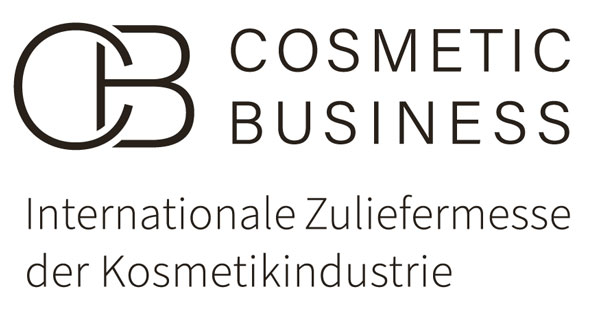
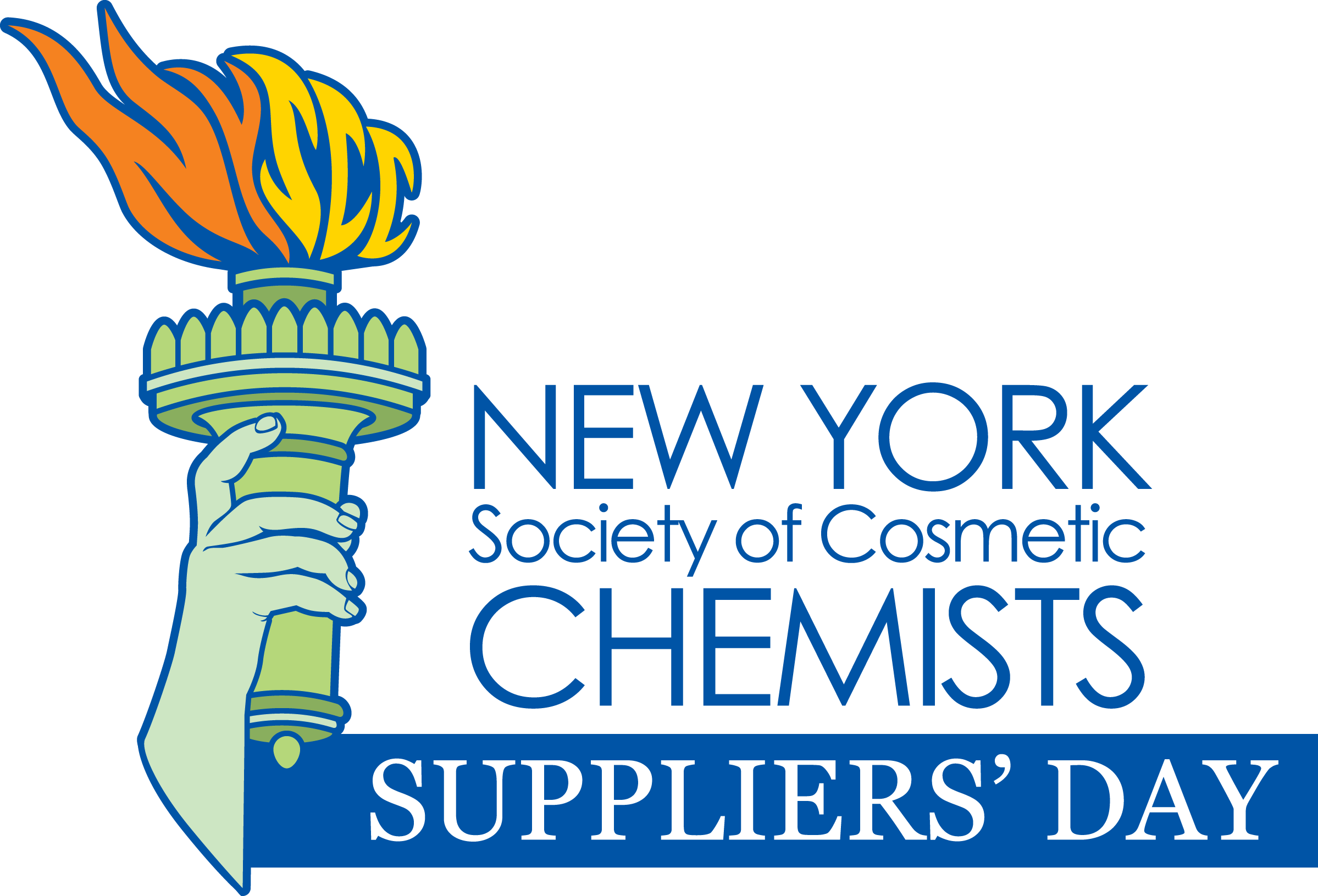
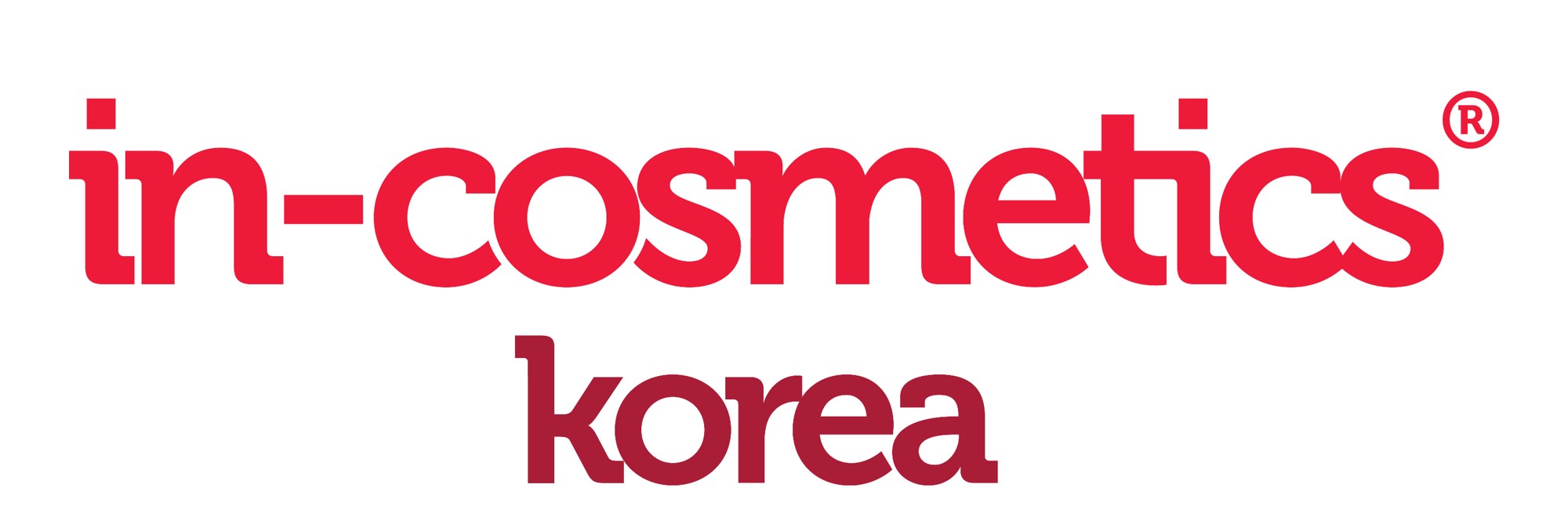
News
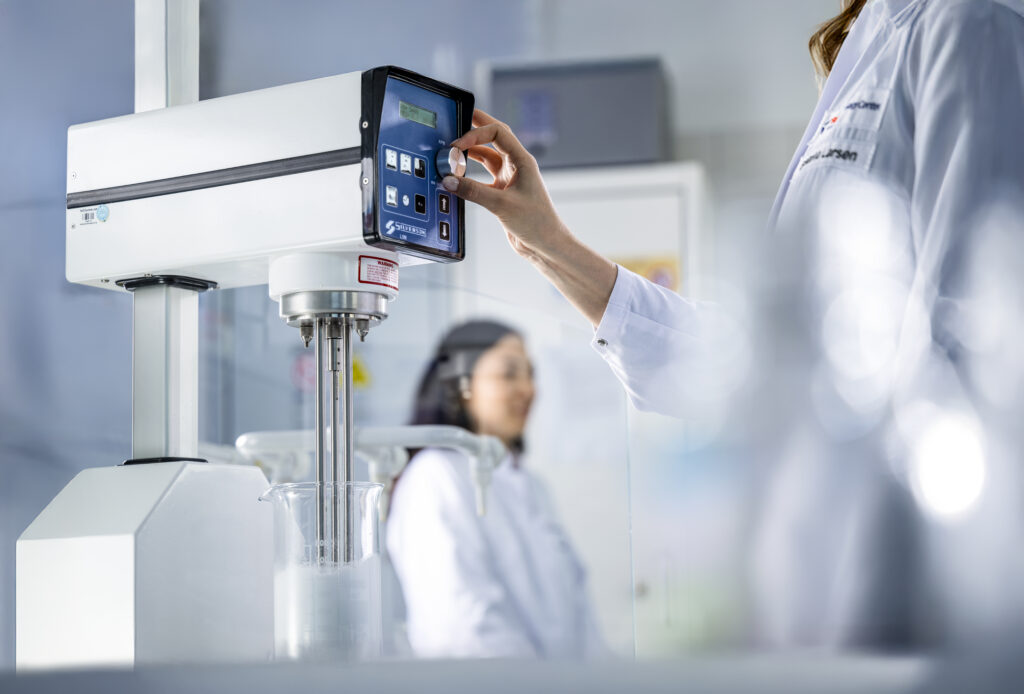
08. 07. 25
Discover the six essential laboratory devices behind stable, skin-compatible, high-performance personal care formulations.

27. 05. 25
Discover how Green Line™ is shaping the future of clean beauty through biotechnology innovation, sustainable sourcing and high-performance natural ingredients.
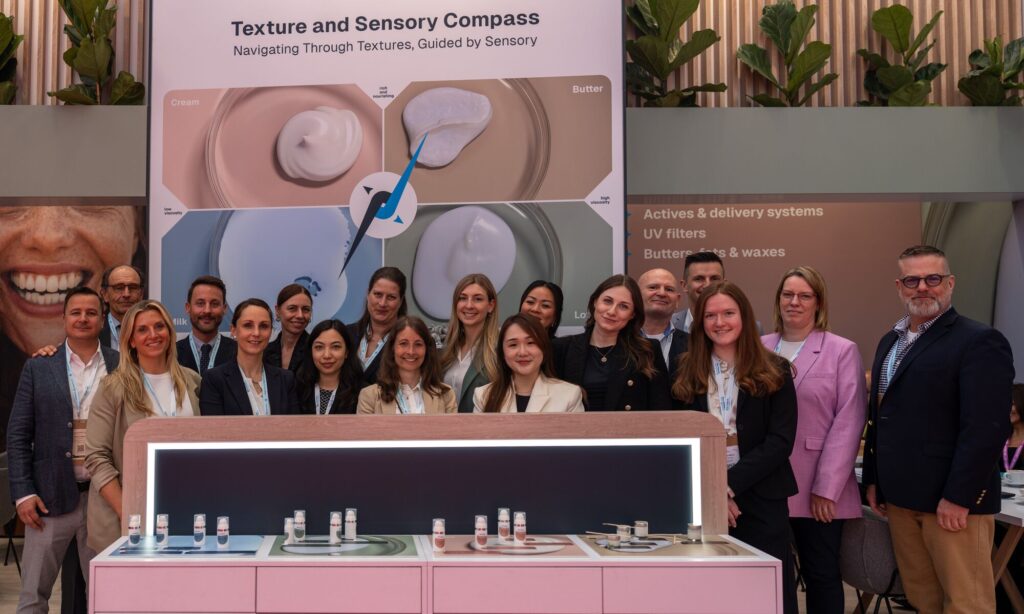
07. 05. 25
Discover how Berg+Schmidt launched its innovative Texture & Sensory Compass at in-cosmetics global 2025 in Amsterdam – a breakthrough tool for skin feel optimization and sensory-driven formulation development.
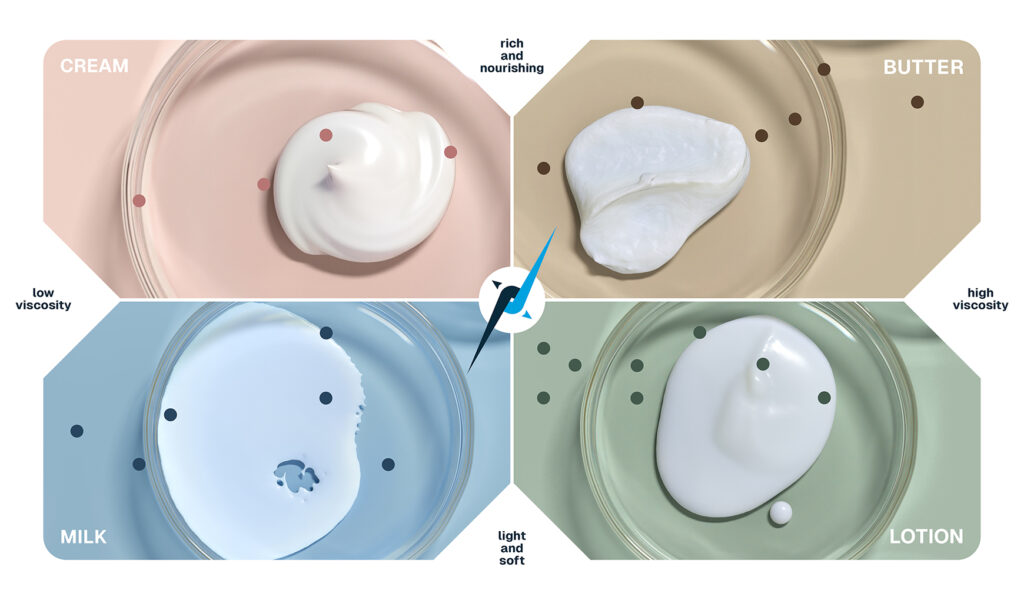
20. 03. 25
Discover the Texture & Sensory Compass by Berg+Schmidt at in-cosmetics 2025! This innovative online tool helps formulators create tailor-made cosmetic textures by selecting the right raw materials. Visit us at booth 1B61 to experience textures firsthand!
Knowledge
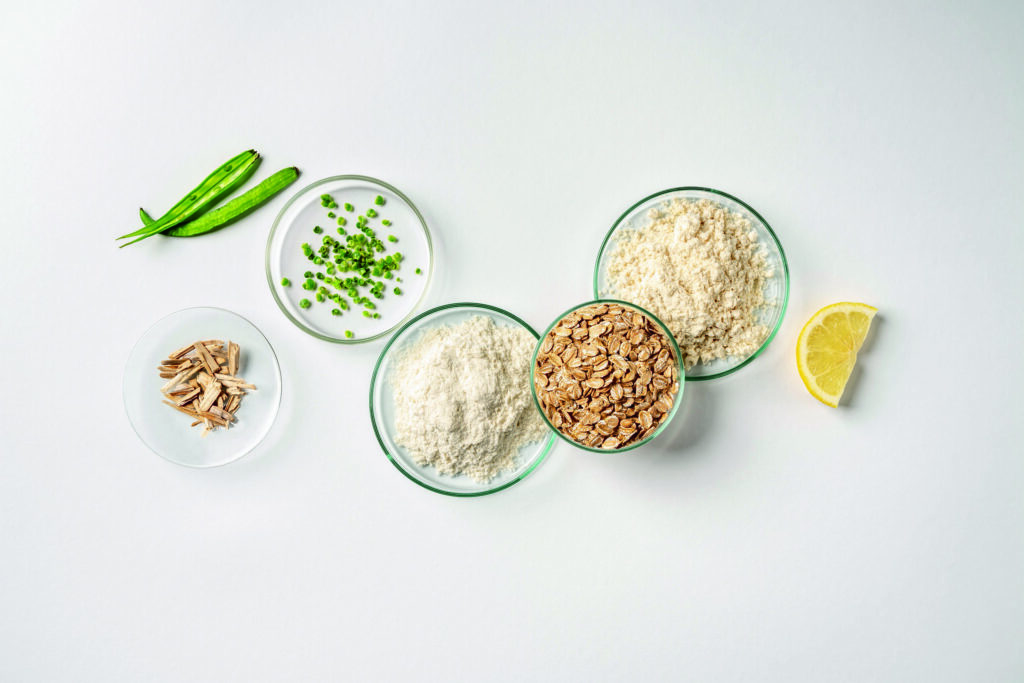
Explore how plant fiber-based Pickering emulsions offer a sustainable, natural alternative to traditional emulsifiers. Learn about their stability, sensory benefits, and formulation versatility in cosmetics.

Our skin, the largest organ of the human body, is a multifaceted structure that goes beyond appearance. Understanding its complex structure and how innovative skin care solutions can support and improve skin health is essential in today’s science-driven skin care industry.
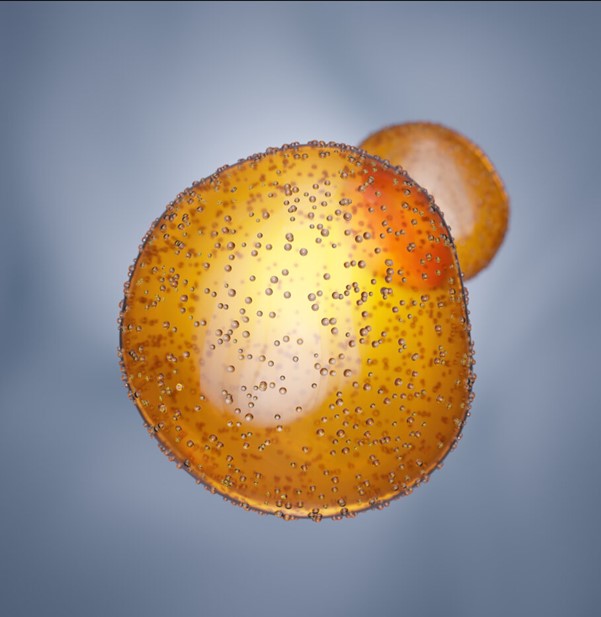
Traditional emulsifiers, while effective, often require hot processing and can leave a waxy residue on the skin. In contrast, fiber-based emulsifiers are cold-processible, saving time and energy, and offering diverse textures and skin feels. These fibers, sourced from food industry waste, include soluble fibers (like pectin and gums) and insoluble fibers, which are crucial for creating Pickering emulsions that use solid particles to stabilize the oil-water interface.

The article highlights a new solution for naturally modifying the rheology of cold-processed oil gels, focusing on transparent oil thickening. Formulators seek quick, efficient ingredients to meet consumer expectations for viscosity and flow behavior in oil-based products. Traditional thickening agents like polymers and organoclays have limitations. A new natural blend containing olive squalane, hydrogenated ethylhexyl olivate, and hydrogenated castor oil with sebacic acid offers an effective alternative. This blend is cold-processible, forms stable and transparent gels, and is compatible with various oils and cosmetic ingredients. It enhances product texture, making it suitable for a range of applications, from facial oils to sunscreens and lip balms, meeting consumer demands for luxurious, stable, and innovative cosmetic products.